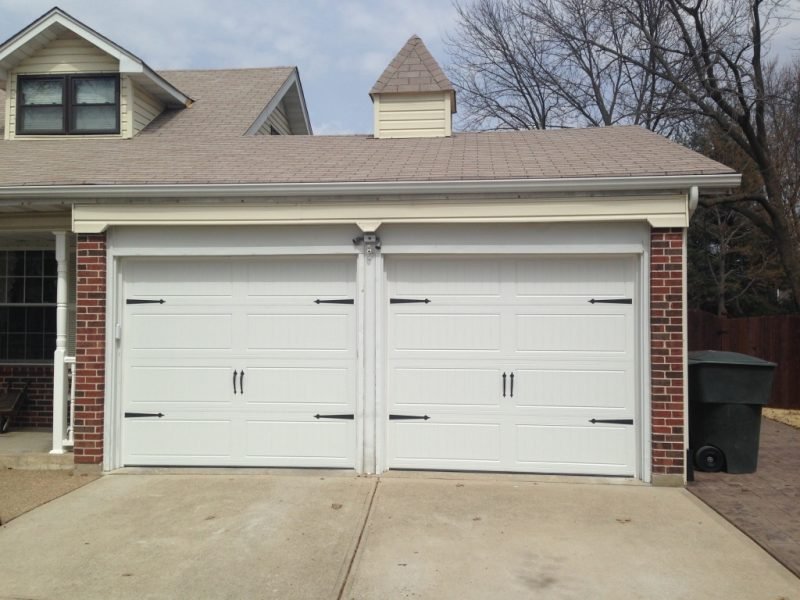If you suspect your ceilings have water damage, you can look for watermarks. These stains will indicate whether your ceilings have had a leak before or are currently experiencing one. You can also look for brown “rusty” stains, which are often indicative of a previous leak. These stains are caused by fungi and bacteria that thrive in moisture. These stains will often appear after the ceiling has been wet for at least two days.
Moisture
Moisture can damage ceilings, so the first step is to determine where the source of the water is. A leaky roof or leaking pipe can be the culprit. In some cases, excess moisture may also be caused by the HVAC system. In these cases, it is important to call a professional repair company for the water damage.
Once you have determined where the water leak is coming from, the next step is to remove all water. This step is crucial because trapped moisture can cause mold and structural damage. A water damage restoration expert can air out the affected areas and do a thorough cleaning. After a water leak, you must thoroughly clean and dry the house, including the ceiling.
Condensation
Ceiling water damage can be caused by condensation, a buildup of moisture under the ceiling. This moisture can also result from frost damage to the roof, masonry, or exterior finishes. Poor insulation and inadequate ventilation can also contribute to this problem. These conditions reduce the thermal resistance of the building fabric, which can further increase condensation problems. The presence of moisture will produce efflorescence, a crystalline deposit of minerals and salts left behind by water when it evaporates. Excessive moisture in the building fabric can also release chemicals from structural building materials. For example, copper staining can occur in treated timbers, and internal corrosion of junction boxes and electrical boxes can lead to electrical failure.
Condensation can be a sign of a more serious problem, though it may be caused by a simple plumbing problem or a roof leak. The ceiling water damage that it causes can be quite severe. It can cause mold, peeling paint, and warping wood. In severe cases, it may even lead to a ceiling collapse.
Plumbing leaks
Ceiling water damage is a common problem caused by plumbing leaks. A plumber or roofer can help you stop the water leak at its source. If the water is coming from a pipe, you should first turn off the water supply to the leak. Then, use an awl tool to create a small hole in the center of the leak. The water will then drain down to the floor.
Another sign of a ceiling leak is the presence of water spots. These stains can be wet or dry, and they can take on various shapes. The spots may also have a musty odor. If these spots are visible, you should call a plumber immediately.
Mold
If you have found water damage in your ceiling, the first thing to do is to determine whether the mold is visible. Mold grows due to high moisture, so if you spot visible mold in your ceiling, chances are it is caused by water. Luckily, mild mold growth can be removed by following different steps, but if the mold growth is severe, a professional mold remediation company can get to the source of the water damage and get rid of it for good. They can also work to prevent future mold issues from occurring in the future.
If you spot the mold, you should dry out the area immediately. Start by laying down towels and opening windows to let the air out. If possible, point fans at the wet area. This will help dry the area and prevent the formation of mold. If the damage is severe enough, you can also use a dehumidifier or a high-volume fan to dry out the affected area.
Dampness
Ceiling water damage has many symptoms, including stains and watermarks. These stains are caused by the natural minerals in the water interacting with building materials. In addition, water causes common building materials to oxidize, making them prone to discoloration. These stains are common and can occur anywhere in a home. Perhaps the most visible sign of ceiling water damage is a drippy ceiling. These slow drips can occur for weeks before they’re noticed.
Ceiling water damage can occur from various causes, including plumbing leaks and leaky roofs. Fortunately, there are ways to diagnose the cause of water damage.
Moldy smells
If you detect a musty smell in a room, you may have ceiling water damage. The smell is caused by microbial volatile organic compounds or VOCs. These odors mimic wet newspaper or cardboard.
Mold grows in damp, warm places, so it’s important to clean any areas of water damage that are affected. You can do this by using a box fan or dehumidifier. You can also deodorize the area with lemons. Boiling lemons will kill the smell of mold, and fans can circulate the lemon scent.



